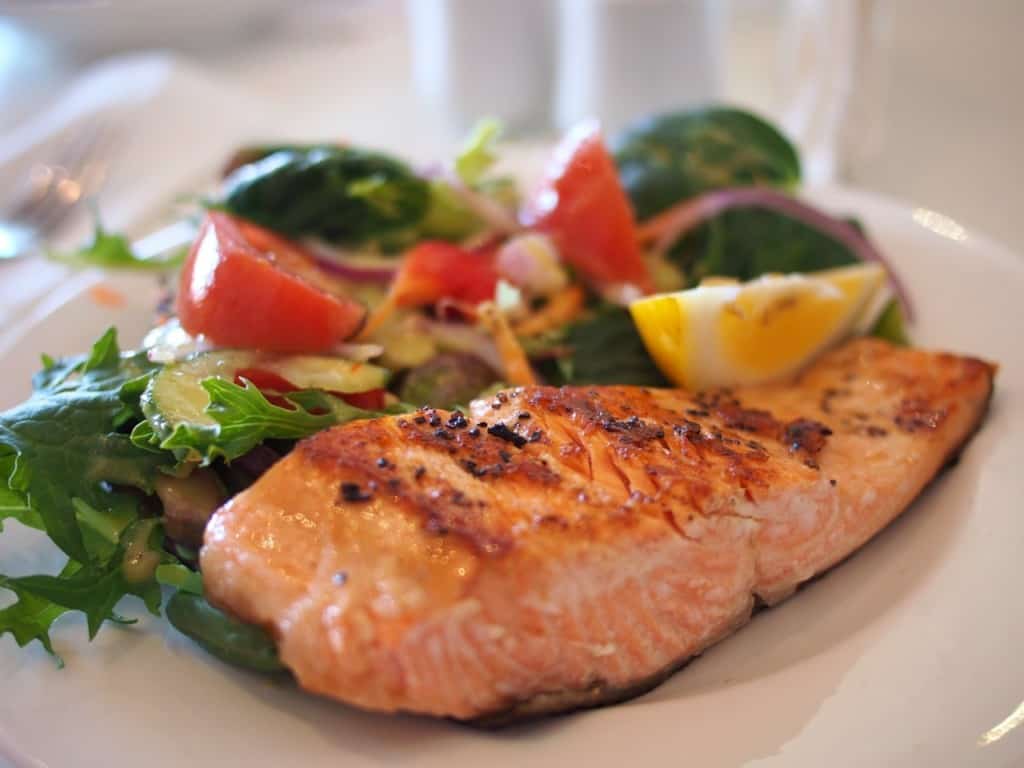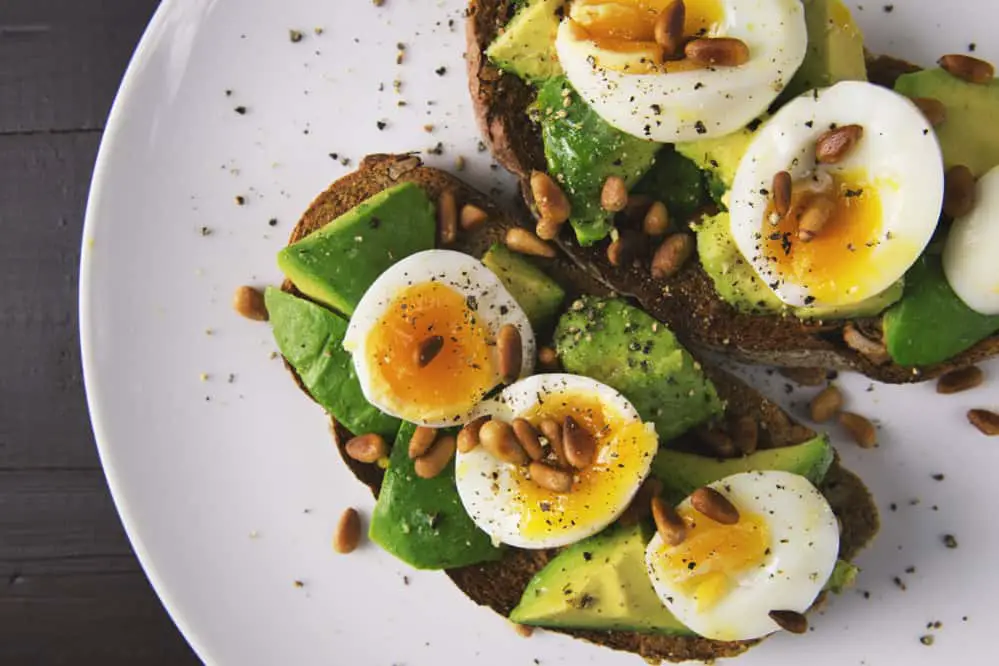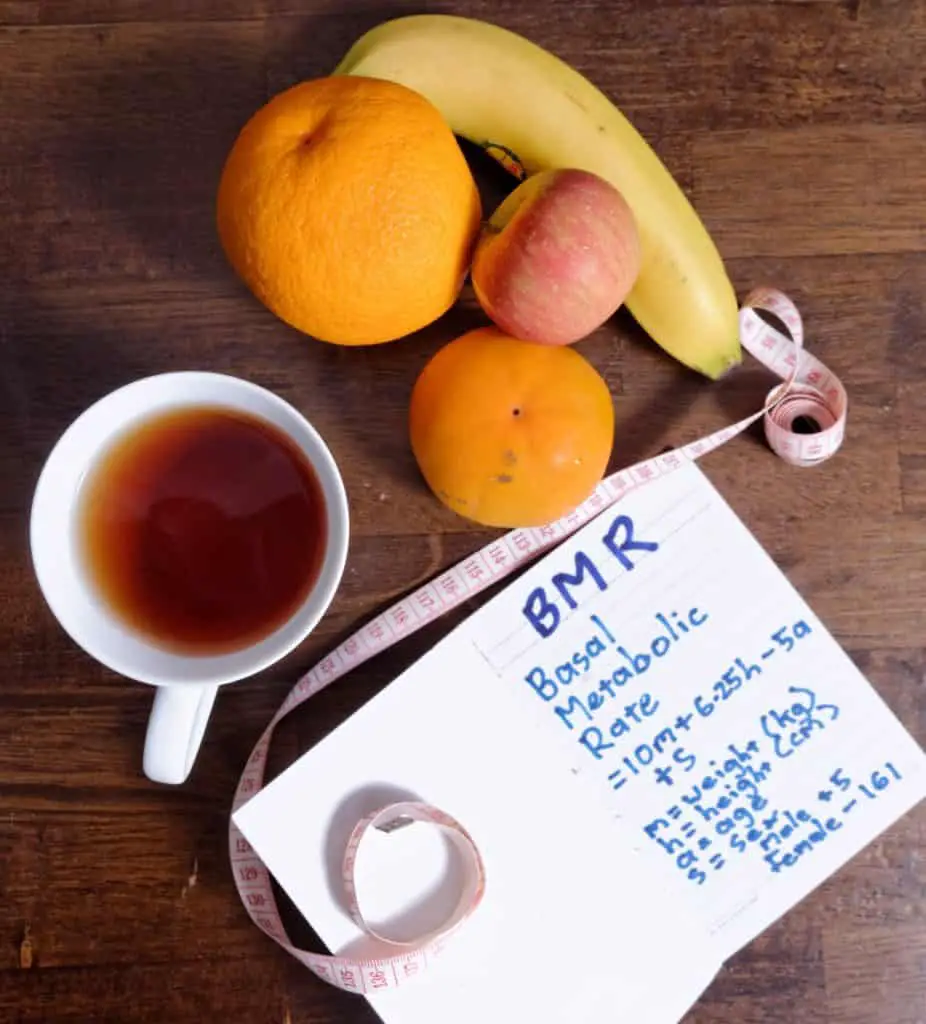The Keto diet; you may be wondering what it is or, maybe you want to try it out for yourself. Keto or Ketogenic Diet is based on a very low carb diet. This has been shown to help you burn fat more effectively.
Not only is it good for burning fat, but the Keto diet can also help control blood sugar, improved mental focus, increased energy, prevent hunger cravings; managing cholesterol and blood pressure.
In some cases, it can also help control Acne and the diet is effective in reducing the number of epileptic seizures as this was its main use back in the 1920s when it was first researched.
The diet is also popular amongst celebrities. Why don’t you check out my article on celebrities that are on the keto diet?
If you are looking for a guide on the best way to start keto, here is an overview of the major aspects you need to know.
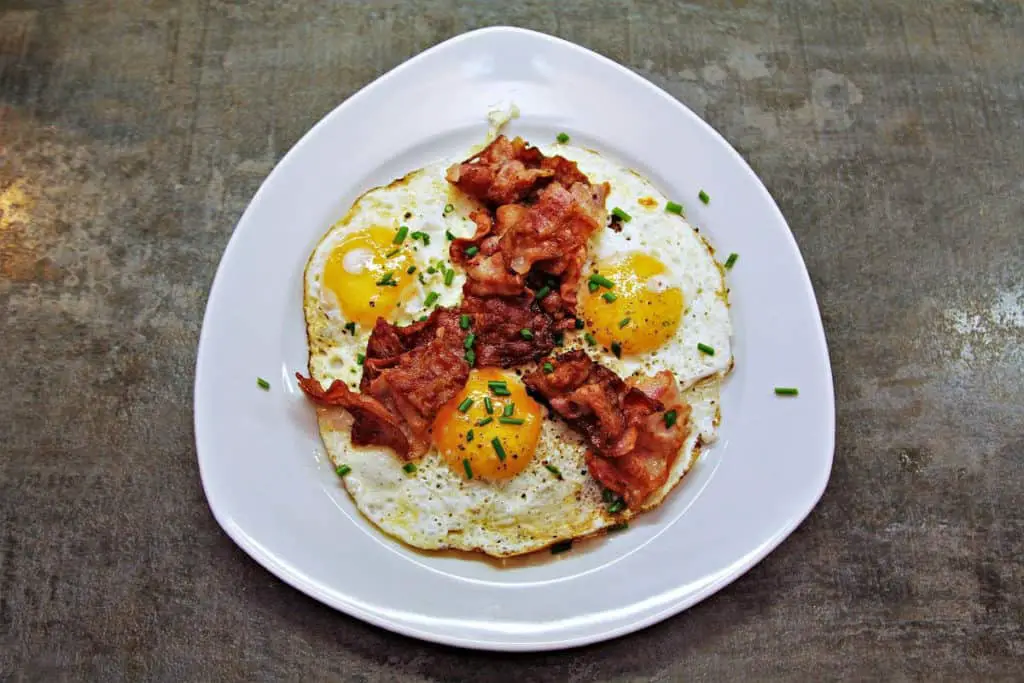
Keto Diet for Beginners
Diet plans, especially for losing weight have been around for so long, with each promising to have many benefits. Many are just a copy of each other with little differences, while others are even dangerous to your body due to their extreme cut back of many nutrients.
The distinct and popular diets are based on specific food groups while restricting the intake of other food groups. It is mostly the same thing with the Keto diet.
While it has been around since the 1920s, the Keto diet has seen a massive spike in popularity over the last couple of years thanks to notable Hollywood celebrities, elite sports athletes, and several CEOs of leading tech companies at Silicon Valley.
If you’re looking for a keto diet program check out the 28-day keto challenge and the 3-week keto diet. Both of these provide you with meal plans which will help you out.
What is the Keto Diet?
The first thing is to understand what the Keto diet is and how it came about. Unlike most other diet plans that have been developed by celebrity diet and fitness experts, the Keto diet was designed by medical doctors as a therapy.
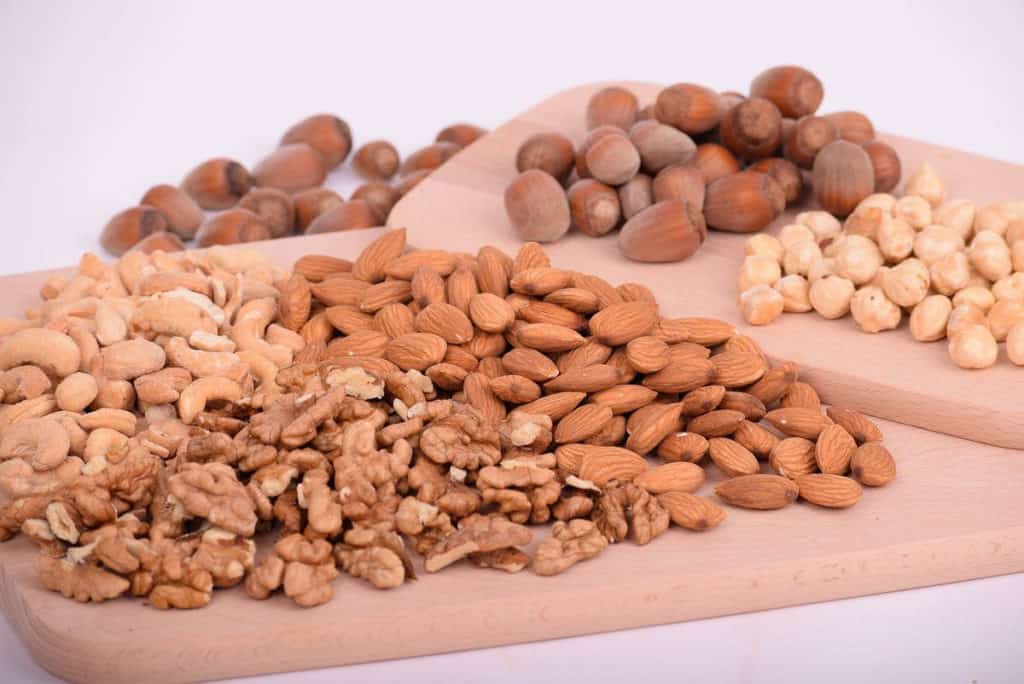
In the 1920s, researchers found that a keto diet helped patients suffering from epilepsy and who did not respond to medications, manage their condition better. It is still used today to help children who have epilepsy and also control or reduce the extreme symptoms of other chronic diseases.
The name Keto’ is derived from ketones, which are small energy molecules in the body that are used as an alternative source of energy whenever the glucose in your body is in short supply.
They are, however, only produced when you eat a diet with a low quantity of carbs, which are the primary source of blood sugar and also few amounts of protein because they too can be broken down to produce glucose.
Ketones are broken down from fats by the liver, and a low-carb high-fat diet creates an environment in which they can be made in plentiful supply.
The keto diet is, therefore, a low-carb, moderate protein and high-fat diet plan which aims to move the body’s metabolism from reliance on carbs to fats by reducing the blood sugar levels as well as insulin levels.
There are Four Finds of a Ketogenic Diet
- Standard Ketogenic Diet: This is the widely used version of keto diets and emphasizes high-fats, low-carbs, and moderate proteins. It is typically made of 75 % fat, 20 % protein, and 5 % carbs.
- Cyclical Ketogenic Diet: This diet alternated between long periods of ketogenic diet followed by a couple of days of high-carb refeeds; for example, five days of keto diet followed by two days of high-carb meals.
- Targeted Ketogenic Diet: This diet allows the use of carbs around workouts.
- High Protein Ketogenic Diet: In this diet, the levels of proteins in the standard version are increased so that it has 60% fats, 35% of proteins and carbs remain at 5 %.
Of these four, only the standard and the high protein versions have been researched extensively.
They all, however, follow the same principles, with the other three being customized versions of the standard keto diet, which is what all beginners should start with.
How it Works
The power of the ketogenic diet lies in the way it works and changes your metabolic process.
Usually, your body burns carbohydrates to get glucose, which is the easiest molecule to convert into energy, and for that reason, the body will prefer to use it over other sources.
To process glucose, the body also has to produce insulin. With low carbohydrate intake, your body is deprived of its primary source of glucose, and it has to turn to alternatives, and given that the protein levels are also low, only fats remain. Such a situation leads the body to get into ketosis.
Ketosis is a natural process that the body often resorts to as a survival means when food is scarce. During this stage, the body’s fat is the only remaining source of energy, and so it is broken down in the liver to produce ketones.
A keto diet naturally induces or pushes the body to this limit, only this time it is not through a lack of food but rather through the limited intake of carbohydrates.
Given that there is no more glucose being produced, there is also no need for insulin. As the body produces more ketones, it reaps the numerous health benefits that come as a result of relying on fats for energy.
Benefits
While all diets, including the ketogenic diet, are accompanied by much hype, there is enough research to show that the ketogenic diet does have considerable benefits, which include the ones summarized below.
Weight Loss
Many people using the keto diet are looking to lose weight or avoid putting on any body fat. Given the association that people have concerning fat and weight gain, it seems counterproductive to increase the intake of fat when looking to lose weight. However, a keto diet makes the body burn a lot of fat instead of just storing it.
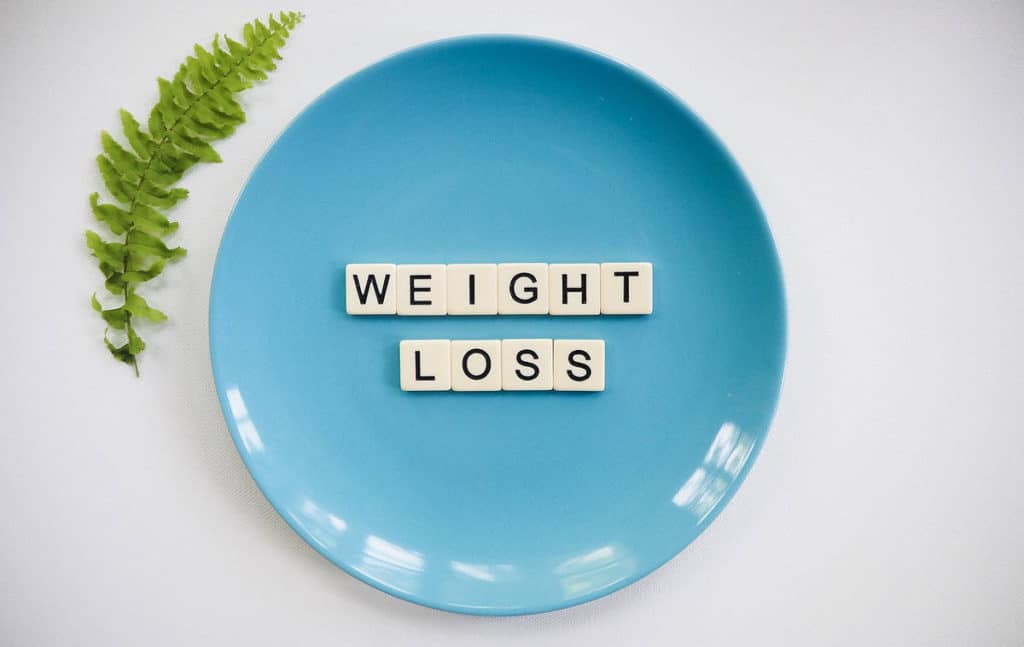
Research has shown that the working of a keto diet leads to long term weight loss compared to other diets that are largely based on carbohydrates.
Control Blood Sugar
With lower amounts of glucose in the body, the blood sugar is kept in check due to the low amount of carbs consumed on a keto diet. It is more effective in controlling blood sugar and some types of diabetes better than low-calorie diets. People with diabetes type 2 or pre-diabetic people show significant improvement when using a keto diet.
Improved Mental Focus
The brain is one of the organs which uses a lot of energy; therefore, a steady supply of energy at the optimum levels enhances the focus and performance of the brain. The problem with glucose as an energy source is the sudden spikes and crashes that come with it affecting the mental focus. A low-carb diet prevents this while maintaining a steady energy supply for longer hours. The fatty acids also lead to better brain function, as demonstrated by several studies.
Increased Energy and Prevents Hunger Cravings
Fats leave you more satiated (fuller) and for an extended time compared to meals heavy with carbohydrates. With the keto diet, you will no longer experience hunger cravings in between meals. The ketones also produce more energy over longer periods and increase your productivity.
Epilepsy
For several decades now the keto diet has been used to help manage epilepsy both in adults and in children, though much research has been conducted on children. The diet is effective in reducing the number of epileptic seizures in children, and in several instances, it has been more effective compared to drugs. While this was a popular therapy for epilepsy from as early as the 1920s, the diet’s popularity waned as more epilepsy drugs were discovered.
Recent results from long-term studies have seen a resurgence in the use of keto diets as a therapy for epilepsy, and it also has the advantage of reducing the dependency on drugs and their side effects.
Managing Cholesterol and Blood Pressure
High levels of bad cholesterol in the body which leads to a variety of heart complications and other chronic conditions have usually been blamed on a high-fat diet. Various results now indicate that the keto diet, with its low-carb and high-fat composition, helps in the reduction of wrong cholesterol concentration in the body while increasing the good cholesterol levels in the blood. It also helps with reducing high blood pressure, especially the kind that is associated with overweight and obesity.
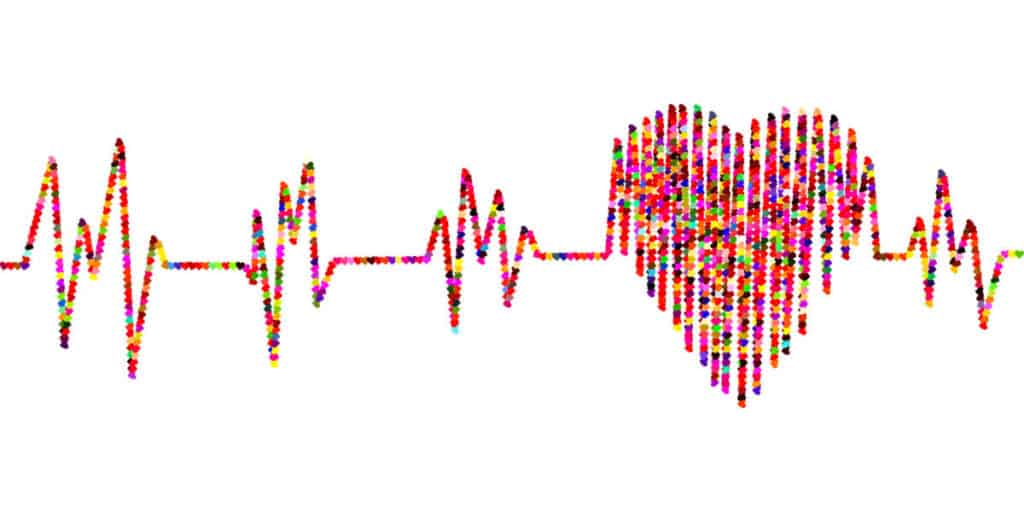
Insulin Complications
Insulin resistance is a condition where the cells of the body are no longer responding normally to the actions of insulin, which makes the absorption of glucose to the body tissues complicated. To address this issue, the pancreas releases more insulin to the bloodstream.
As the resistance builds up, the body is no longer able to produce enough insulin to control the blood sugar levels, which results in prediabetes and diabetes among other complications.
By lowering your carbohydrates intake, you reduce the chances of developing insulin resistance, and even in cases where you already suffer from the conditions, it is easily manageable as the body is no longer struggling with the glucose load in the blood.
Acne
A high carbohydrate diet has also been shown to lead to increased instances of inflammation, especially on the skin. A couple of studies have shown a relationship between a diet high in carbs and an increase of acne and other skin lesions.
Similarly, following a low-carb diet like the ketogenic diet, results in fewer acne breakouts and improves the general health of the skin.
How to Get Started
With all these benefits associated with a ketogenic diet, you could be eager to start on it, and are wondering how to start. There are several plans on the internet that will help you get started right away with several recipes to follow.
I highly recommend checking out the 28-day keto challenge or the 3-week keto diet programs. You can read my reviews of the 28-day keto challenge and the 3-week keto diet to find out more.
There is no preparation to undertake once you decide you want to take up the keto diet. You may have an adjustment period as you get used to not having most of your carb sources and snacks.
However, there are more than enough alternatives. The keto diet does not lead to semi-fasting or denying your body its essential nutrients. That is why there is still some amount of carbohydrates to help you meet nutritional requirements.
However, as you start the first few days may prove challenging as your body transitions from dependency on glucose to relying on ketones. You may feel lethargic, experience some headaches, dizziness, and mental fogginess. It is mainly because while your body was well equipped to process carbs, it will have to take some time to adapt itself to the processing of fats. Drinking plenty of water will help with the symptoms.
Personally, I experienced headaches for the first few days. I just made sure to drink plenty of water.
At times it is suggested that you gradually reduce your carbohydrate intake, but this will only delay how fast you get to ketosis. The best solution is to restrict yourself to the recommended 20g – 50g carb intake per day. The symptoms you are experiencing will dissipate within 4-5 days.
Other Likely Side Effects for the Early Part Include
- Cramps: You will likely experience them in the morning and at night and it is an indicator of lack of minerals specifically magnesium in the body as ketosis creates a diuretic effect. Drink plenty of water, eat salt and, if needed, take a magnesium supplement.
- Constipation: This is again caused by the loss of water and the lack of fiber from most carbs’ sources. Drink plenty of water, and healthy non-starchy vegetables will replenish your fiber needs.
- Reduced Physical Performance: Is caused by the transitioning, and until the body produces optimal ketone levels, it will take time for you to reap from the increased energy levels of the keto diet.
- Faster Heartbeat: This is another common effect over the first days of a keto diet. The heart beats faster and harder. Drinking plenty of water- almost a gallon a day should get it back to normal as the body adapts. If the condition persists, you can take a potassium supplement.
Keto Diet Meal Plan
The keto diet is very low on carbs, moderate on proteins, but very high on fats. Although there are several looser and stricter versions of diet plans, if you follow the right ketogenic diet, it is possible to reduce your carbs to between 20 – 50 grams per day. Normally, fats are structured to replace carbs by 75% of the total amount of daily calories.
If you require help calculating your calories, I have a free helpful calorie calculator you can use.
On the other hand, proteins should account for an energy demand of 20%. Even so, how do you get to watch your diet without worrying about the number of nutrients you are taking? The secret is to introduce a ketogenic meal plan. Below is a detailed insight into this plan:
What to Eat in a Keto Diet
Before we get to the meal plan it is good to know which foods you can eat whilst on your keto diet. Some of these can be used as snacks or main meals.
- Fats and Oils: These should be sourced naturally from meat and nuts supplemented by oils from coconuts, butter, and olives.
- Proteins: Get it from organic and pasture-raised meat as well as from fish and eggs. Do remember though, that a lot of protein will affect your keto diet.
- Vegetables: Use above-ground leafy and green vegetables like kale, spinach, broccoli, etc.
- Dairy: Buy full-fat dairy products. When choosing cheese, pick the hard type as it has lower carbs.
- Nuts and Seeds: you can use these in moderation and pick the fat ones like macadamia, almonds, walnuts, and sunflower.
- Beverages: Stick to water unless you are using stevia as the sweetener, or you are using lime juice.
You can also eat avocadoes and low glycemic berries like raspberries and blackberries.
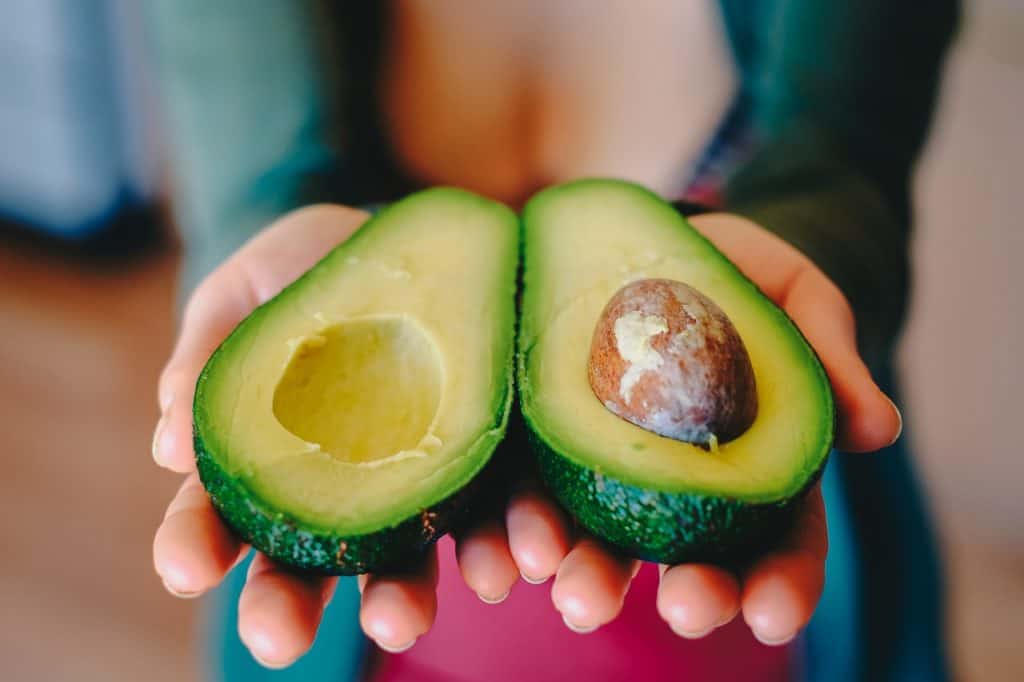
What Not to Eat on a Keto Diet
Now you know what you can eat let’s go through the foods you should avoid at all costs.
- Grains: Cereals, wheat, corn, rice, and others, along with their products.
- Fruits: They have high glucose levels from apples and bananas to oranges pears, etc.
- Tubers: Potatoes, yams, cassava. Find out more about tubers.
- Sugar: All its sources, from honey and agave to maple syrup and sugarcane.
A Well-Rounded Ketogenic Shopping List
As you might have guessed, a well-rounded meal plan should include lots of healthy fats, proteins, and fresh produce. A ketogenic meal plan should include lots of keto-friendly vegetables as well as enough supply of berries and nuts. Listed below is a simple guide on what your shopping list should look like:
- Eggs: Purchase pastured eggs. They are rich in omega 3.
- Fish: Purchase fatty fish like sardines, salmon, herring, or mackerel.
- Full-Fat Dairy: Sour cream, unsweetened yogurt, and heavy cream.
- Shellfish: Shrimp and oysters.
- Seeds: Sunflower seeds, chia seeds, and pumpkin seeds.
- Nut Butter: Peanut butter and almond butter.
- Frozen or Fresh Berries: Blueberries, blackberries, and raspberries.
- Frozen or Fresh Vegetables: Broccoli, mushrooms, peppers, cauliflower, and other greens.
- Oils: Avocado and coconut oils.
- Cheese: Goat cheese, brie, cheddar, and cream cheese.
- Avocados: Incorporate a mixture of both ripe and unripe avocados.
- Nuts: Pistachios, macadamia nuts, pecans, and almonds.
- Chocolate: Dark chocolate at least 90% cocoa.
Now that you have done your shopping, it is important to note that you should always stick to a certain shopping list. It helps avoid the temptations of trying out unhealthy foods. What’s more, it is also advisable to always plan your meals to avoid filling your basket with unnecessary ingredients.
Beverages
Notably, sugar can be found in almost any kind of beverage, including your usual coffee drink, juice, or soda. If you are on a ketogenic diet, you should strive to avoid drinks that are not keto-friendly, especially those that are high on carbs. In fact, sugary beverages have been linked with numerous health issues including obesity and diabetes. Regardless, there are several keto-friendly beverages. Below are some of these choices:
- Water: It is undoubtedly one of the best choices for hydration. It should be consumed regularly throughout the day for better results.
- Unsweetened Coffee: Although it might not sound tasty, adding a little heavy cream can make your coffee taste really nice.
- Sparkling Water: It is perhaps one of the best choices for a soda replacement.
- Unsweetened Green Tea: Statistics reveal that green tea is delicious and provides numerous health benefits.
For those who are wondering about alcohol, taking tequila or vodka can, sometimes, be a perfect choice on some occasions – if they are low-carb and are mixed with soda water. No sugary mixers.
A Simple Keto Diet Menu for a Week
As mentioned earlier, a perfect ketogenic diet menu should be between 20 – 50 grams of carbs per day. As a result, keeping the measurements on point can sometimes prove to be a daunting task. To help you attain the perfect diet menu. We’ve prepared a 7-day menu, which can also be altered depending on your special needs.
Monday
- Breakfast – Breakfast is the most important meal of the day. For this reason, it should contain all the necessary nutrients. Two fried eggs served with some greens serve as the perfect option.
- Lunch – A burger with some mushroom, cheese, some greens, and an avocado.
- Dinner – Green beans sautéed in coconut or olive oil with some pork chops.
Tuesday
- Breakfast – A simple mushroom omelet will work.
- Lunch – Tuna salad with tomato topping, some greens, and celery.
- Dinner – Sautéed broccoli, roast chicken, with cream sauce.
Wednesday
- Breakfast – Eggs and some bell pepper stuffed with cheese.
- Lunch – Avocado, Arugula salad with boiled eggs, blue cheese, and turkey.
- Dinner – Spinach sautéed in coconut or olive oil with some grilled salmon.
Thursday
- Breakfast – Yogurt- full-fat topped with some granola.
- Lunch – Avocado, cauliflower rice, salsa, and some cheese.
- Dinner – Meat, especially bison steak. You can also add cheese broccoli.
Friday
- Breakfast – A baked avocado egg boat will be perfect to start your day.
- Lunch – Chicken with some Caesar salad.
- Dinner – Vegetables with some pork chops.
Saturday
- Breakfast – Avocado and a cauliflower toast topped up with some cheese will be an amazing starter.
- Lunch – Salmon burger with pesto.
- Dinner – Parmesan cheese, zucchini noodles, and meatballs.
Sunday
- Breakfast – Start your day with some coconut milk chia pudding. You can also add walnuts and coconut toppings.
- Lunch – Avocado, cob salad with some greens, turkey, boiled eggs, cheese, and avocado.
- Dinner – A nicely cooked coconut chicken curry should be perfect.
Don’t forget to include your keto snacks during the day.
- Berries and Cream.
- Cheese.
- Nuts.
- Low carb milkshakes. I make mine with almond milk.
- Boiled eggs.
- 90% Cocoa dark chocolate. I enjoy Lindt’s dark chocolate.
Based on the above meal plan, there is no doubt that you can comfortably enjoy diverse and flavorful meals even when you are on a diet. Notably, although most of the ketogenic meals are based on animal products, you can also enjoy a variety of vegetables, as well. Besides, you can always alter the menu to suit your needs and tastes – where necessary.
I highly recommend checking out the 28-day keto challenge or the 3-week keto diet programs. You can read my reviews of the 28-day keto challenge and the 3-week keto diet to out more. Both programs will provide you with meal plans.
My Experience
When I lowered my carbs, for the first few days I experienced headaches, I just made sure I drank plenty of water. For the first couple of weeks, I noticed my strength had dropped in the gym. This soon came back and I was able to perform my usual workout routines. I go to the gym every day on my lunch break.
I found I slept better at night, my nose was not blocked as much as it usually was, and I could see my abs. Unfortunately, due to an operation on my foot, I undid all my hard work. Now that I have recovered and am able to work out again, I have re-started my keto diet.
Conclusion
The idea behind a keto diet is to induce the body to a state where it is burning fat due to a lack of glucose. Your body may take a couple of days to make the transition, but it is soon reaping a wide range of benefits from weight loss to managing chronic illnesses.
You only need to reduce your carbs intake to between 20g – 50g a day and keep your protein consumption to moderate levels. The keto diet is more a lifestyle change and it has been proven time and again to not only help in losing weight but help alleviate symptoms in chronic illnesses.
You can read my reviews of the 28-day keto challenge and the 3-week keto diet to out more.

